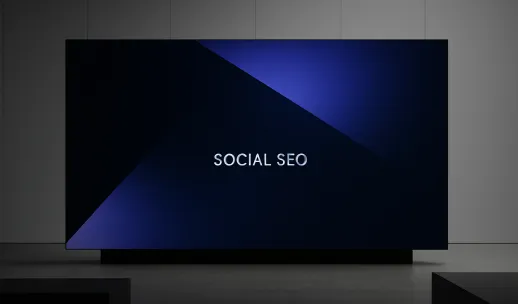From Clicks to Conversions: Harmonizing PPC & CPA for Maximum ROI

Learn how merging PPC tactics with CPA objectives transforms ad clicks into valuable actions using automated bidding and data-driven targeting for maximum ROI.
From Clicks to Conversions: Harmonizing PPC & CPA for Maximum ROI
Pay-per-click (PPC) and cost-per-action (CPA) models each deliver unique benefits, but when aligned, they form a powerful engine for efficient, performance-driven advertising. By combining the broad reach of PPC with the outcome focus of CPA, brands ensure every click is steered toward a measurable, valuable action. This article explores how integrating these approaches maximizes return on ad spend and drives sustainable growth.
Understanding PPC vs. CPA
- PPC Management focuses on driving traffic by bidding on keywords and placements. Costs accrue whenever an ad is clicked, regardless of downstream user behavior.
- CPA Management ties spend directly to specific outcomes — such as sign-ups, downloads, or purchases — so budgets are only expended when predefined actions occur.
Aligning these models ensures that broad visibility efforts (PPC) are optimized around tangible, outcome-based goals (CPA).
Why Integration Matters
- Greater Budget Efficiency
By bidding with CPA targets in mind, campaigns automatically shift spend toward high-performing keywords and placements, reducing waste on clicks unlikely to convert. - Improved Conversion Rates
Audience targeting, ad creative, and landing pages are all calibrated around the desired action, driving more qualified traffic and boosting conversion percentages. - Clear Performance Insights
Unified reporting on cost per click, cost per action, and overall return on investment provides a holistic view of campaign health — enabling data-driven decisions.
Key Strategies for Harmonizing PPC & CPA
- Set Unified Goals & Benchmarks
- Define specific action targets (e.g., cost per registration) alongside traditional PPC metrics (e.g., click-through rate).
- Establish benchmark CPAs based on historical performance and market research to guide bid automation.
- Leverage Automated Bidding Aligned with CPA
- Employ smart-bidding algorithms (e.g., Target CPA, Target ROAS) that automatically adjust bids in real time to hit action-based goals.
- Continuously feed performance data back into the bidding engine for improved accuracy.
- Audience Segmentation & Remarketing
- Create segments based on behavior (e.g., page viewers vs. cart abandoners) and apply tailored CPA targets to each group.
- Use remarketing lists for search ads (RLSA) to adjust bids and messaging for users who have previously engaged but not yet converted.
- Landing Page Optimization for Action
- Align ad messaging and creative directly with landing-page content to ensure consistency and minimize drop-off.
- A/B test form length, call-to-action wording, and visual elements to identify combinations that lower CPA.
- Advanced Attribution Modeling
- Implement multi-touch attribution to assign credit across the user journey, revealing which PPC touchpoints most effectively drive actions.
- Use data-driven models to refine budget allocation across channels and campaigns.
Best Practices for Sustainable Growth
- Continuous Testing: Regularly test new keywords, ad formats, and landing-page elements to discover incremental improvements.
- Transparent Reporting: Share clear, concise performance summaries that highlight both cost-per-click and cost-per-action metrics.
- Cross-Functional Collaboration: Align marketing, analytics, and creative teams to ensure cohesive strategy execution.
- Iterative Optimization: Use weekly or even daily performance reviews to recalibrate bids, budgets, and audience targeting.
Measuring Success
Conclusion
Integrating PPC and CPA management transforms isolated clicks into meaningful conversions. By setting unified goals, harnessing automated bidding, optimizing every touchpoint, and leveraging robust attribution models, brands create a virtuous cycle of efficient spend and measurable growth. This harmonized approach not only drives immediate ROI but also lays the groundwork for long-term, scalable performance marketing success.






